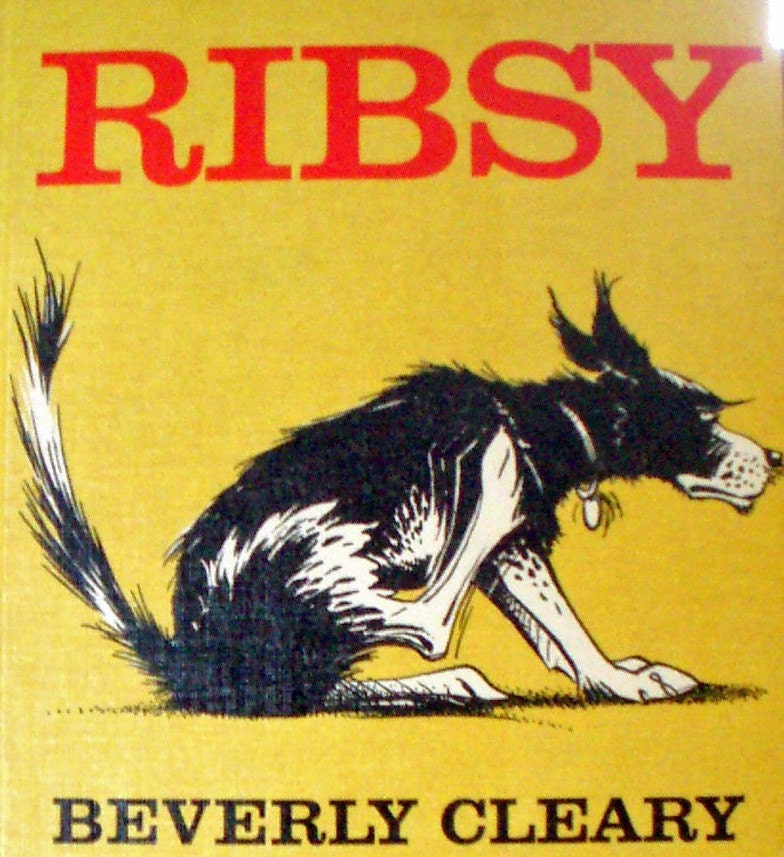Second graders are full of questions. FULL OF THEM.
My first few years, I thought that "nice" teachers were patient enough to answer any question from any student. Let me tell you, I wore my poor little 22 year old self out trying to field 120+ questions a day (24 students * 5 questions each). I wanted to be helpful, knowledgeable, and seem like I had it all together. In truth, answering every question was more about my "teacher ego" than doing what was right for kids. It built ME up to know that I had all the answers--not the students. It made them very dependent on me for everything. And isn't that the opposite of what we want for our children? Don't we want them to be independent and confident about their own answers?
One reason we might want to give our children all the answers is guilt. We don't like seeing them struggle, cry, or feel uncomfortable. It's downright painful to watch sometimes. We blame ourselves, shame ourselves into thinking that as adults, we have to rescue our charges by swooping down and saving the day. Now, I know this is heavy, and you could be thinking "What's the big deal about answering a few questions here and there during the day?" Trust me, I answer plenty. But I've been thinking about the bigger picture, here.
For instance, take one of those "interruption questions," when you're talking--or teaching--about something important and a child blurts out "CAN I GO TO THE BATHROOM?" or "GUESS WHAT I DID LAST NIGHT?" and your train of thought runs right off the tracks. My kids get so distracted by those types of questions. I used to think I was mean if I didn't stop and answer. But I've learned that if you start to honor those blurt-outs you will pay for it all year long. Taking a more proactive approach by using silent signals seems to help quell some of the interruptions. Other times, simply ignoring the question until a more appropriate time does the trick, though that's easier said than done.
So what about the tougher questions? The ones that are more academic in nature or stressful for students? I can't tell you how many times a problem arises during the day. Broken pencils, misunderstood directions, a difficult task, you name it. Sure, I do answer a ton of those questions during the day. I know when my kids are pushed to the limit and need a boost from me. But there are so many moments that kids can figure out on their own if I step away and breathe through the guilt.
It's not that I want them to fail. Children are resilient. They learn and grow in spite of us, sometimes. So when the time is right, I look back at them and ask, "What do you think we should do?" I say we to imply that I'm on their team, but they have to take the lead. When they answer back "I don't know," I will nod and show some empathy, as if I'm saying I know the feeling, buddy. I've been there too. Keep trying. I'll turn the questions back on to the student until they find their own answers. Sometimes it's not even the same answer I'd come up with! Usually I'll end with, "Did you solve it on your own?" or "How much thinking did Miss Boyd really have to do for you?" Sometimes they'll smile and say "Oh! None!" Other times, it's an eye-roll and stomp back to their desks. Either way, they've proved themselves capable. They haven't given in to their fears of inadequacy. And I haven't validated my "teacher ego."
Seven years in, I'm breaking away from the know-it-all mentality of teaching. I am not the gate-keeper to knowledge. I don't hold the keys; I only have a faint idea where they are hidden. It's my responsibility to guide my students toward the answers, not deliver them on a silver platter with a side of pride.











